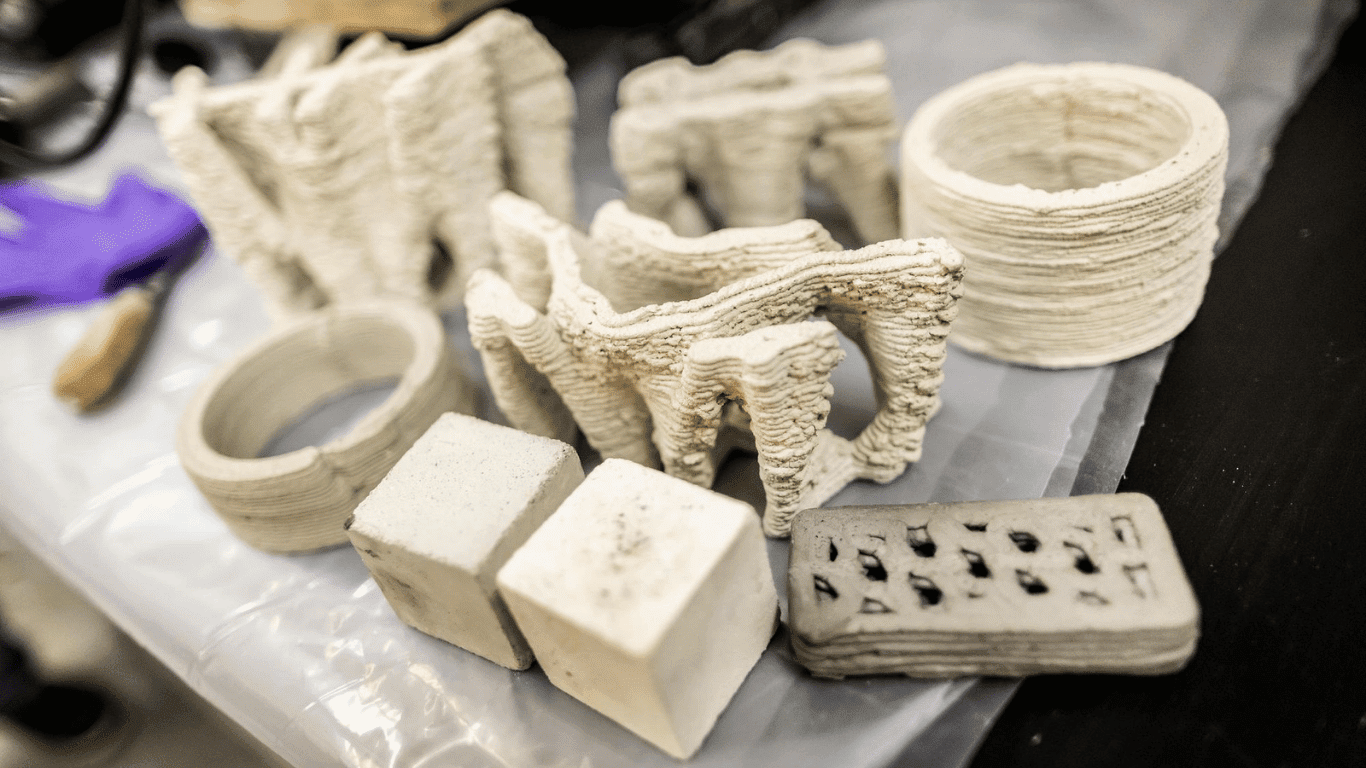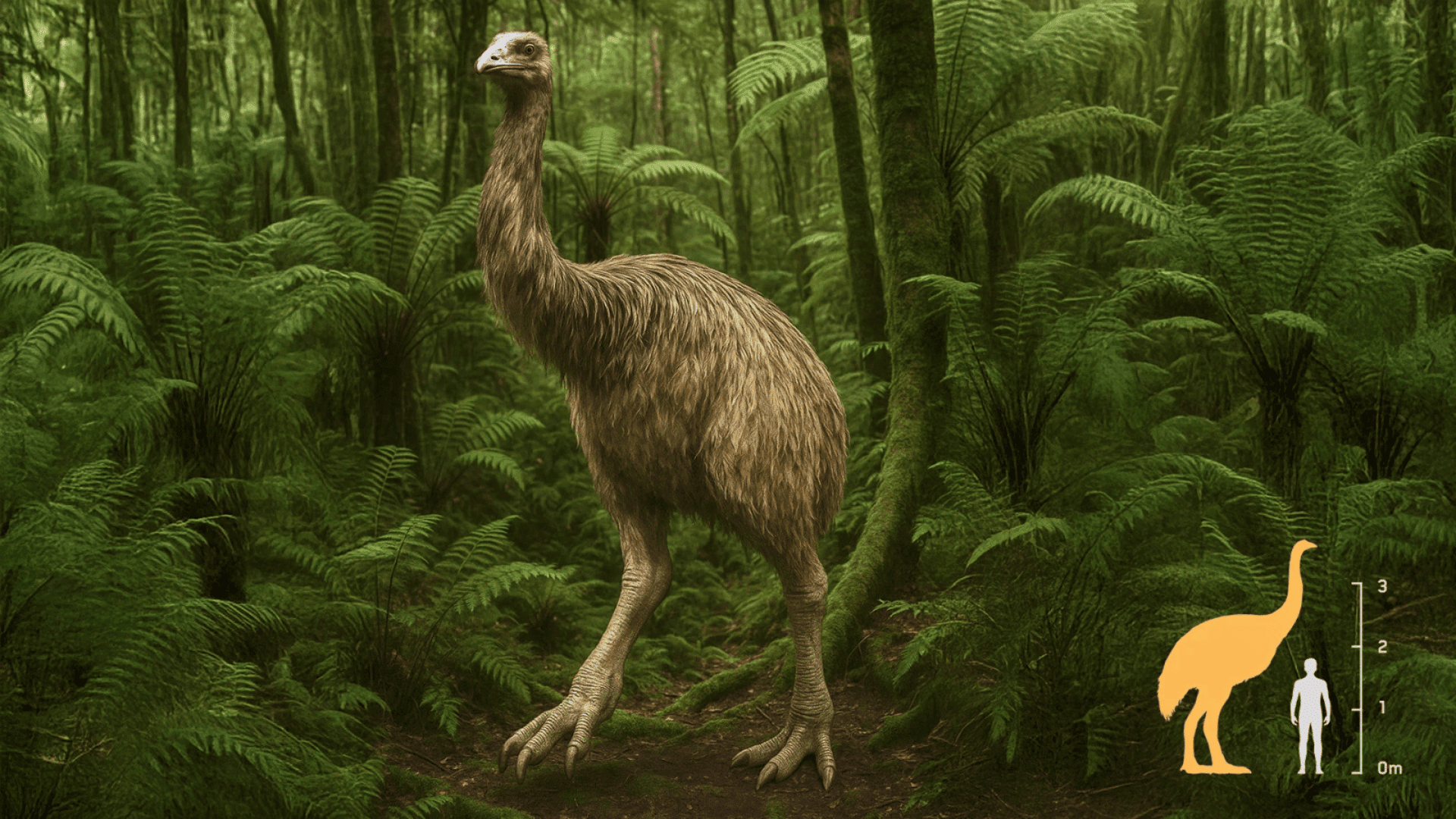Rock balancing is a classic case of “exactly what it says on the tin.” A person, sometimes an artist, stacks stones on top of one another in a creative manner with the hopes that it will remain standing. Cairns, for example, are pieces of rock balancing used to mark trails. And at the forefront of this art form is Andy Goldsworthy.
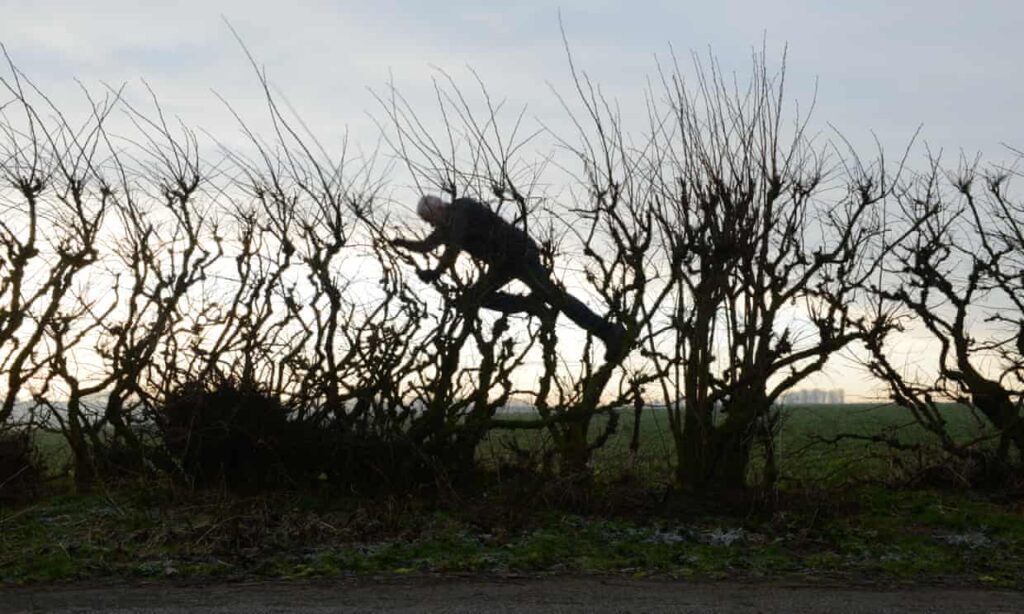
Goldsworthy is a Scotland-based sculptor and photographer who creates his art out of natural objects. Elements of his creations include flowers, thorns, mud, and even snow. As one might expect, he’s also an avid environmentalist, a trait he carried over from his childhood.
Born in 1956 in Cheshire, England, he worked on farms from the age of 13. This, combined with his Methodist upbringing, instilled a sense of dedication in him. Goldsworthy would go on to attend Bradford College of Art and University of Central Lancashire, receiving his BA in Fine Arts from the latter. After graduating, he would move across England and Scotland, slowly drifting towards the north.
During his travels, Goldsworthy continued to work on his art and embracing nature. Aside from using natural components, many of his pieces are made with nothing but his hands, teeth, and found tools. (He does make an exception for permanent sculptures and will use humanmade equipment.) He explained his reason behind these limitations to The Daily Telegraph: “I think it’s incredibly brave to be working with flowers and leaves and petals. But I have to: I can’t edit the materials I work with. My remit is to work with nature as a whole.”
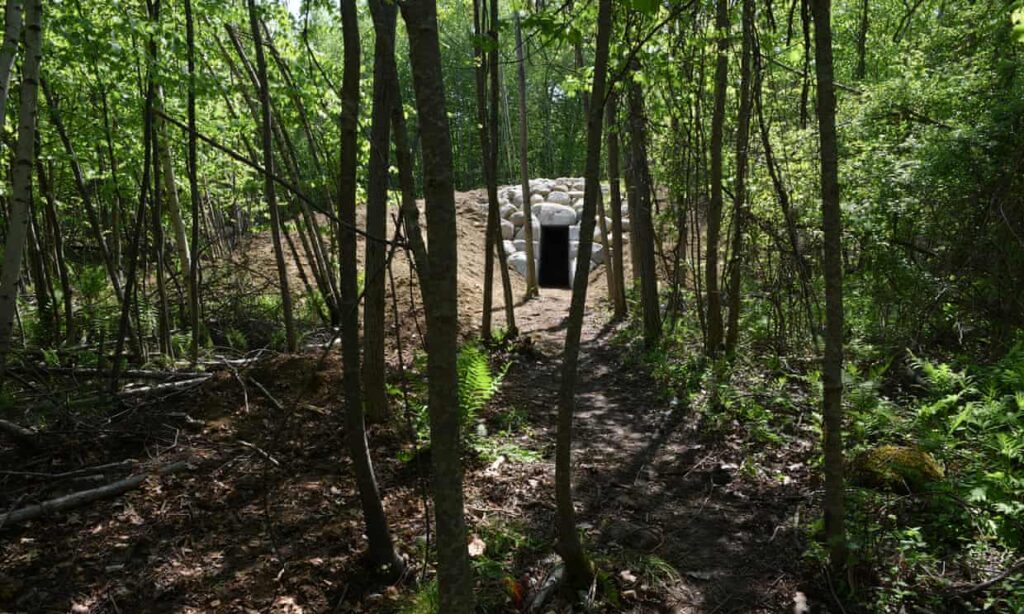
And work with all of nature he does. Everything from icicles to pinecones has been featured in his works, predominately his photographs. This is also where the rock balancing comes in. While it’s only a subset of the work Goldsworthy does, his most famous installations all use it extensively. Examples include “Stone Houses” and “Roof,” on display in 2004 and 2005, respectively. Rock balancing is, essentially, Goldsworthy’s claim to fame, which has earned him the moniker of “father of modern rock balancing.”
In a 2006 interview with Nine MSN, Goldsworthy explained that he uses photography due to the lingering nature of his artwork. “Each work grows, stays, decays- integral parts of a cycle which the photograph shows at its heights, marking the moment when the work is most alive. There is an intensity about a work at its peak that I hope expresses in the image. Process and decay are implicit.”
Perhaps his most famous work is “Drawn Stone,” which acts as the entry courtyard for the De Young Museum in San Francisco. Meant to represent the frequent earthquakes in the area, the installation features a giant crack splitting off into smaller cracks. These smaller cracks were made with a hammer, adding to the unpredictability. Broken limestone is scattered about and can be used as benches.
Goldsworthy has also been the subject of two documentaries. The first, Rivers and Tides, was directed by Thomas Riedelsheimer and released in 2001. It won “Best Documentary” from the San Diego Film Critics Society and the San Francisco Film Critics Circle. A follow-up film, titled Leaning Into the Wind, was released in 2018 by the same team.
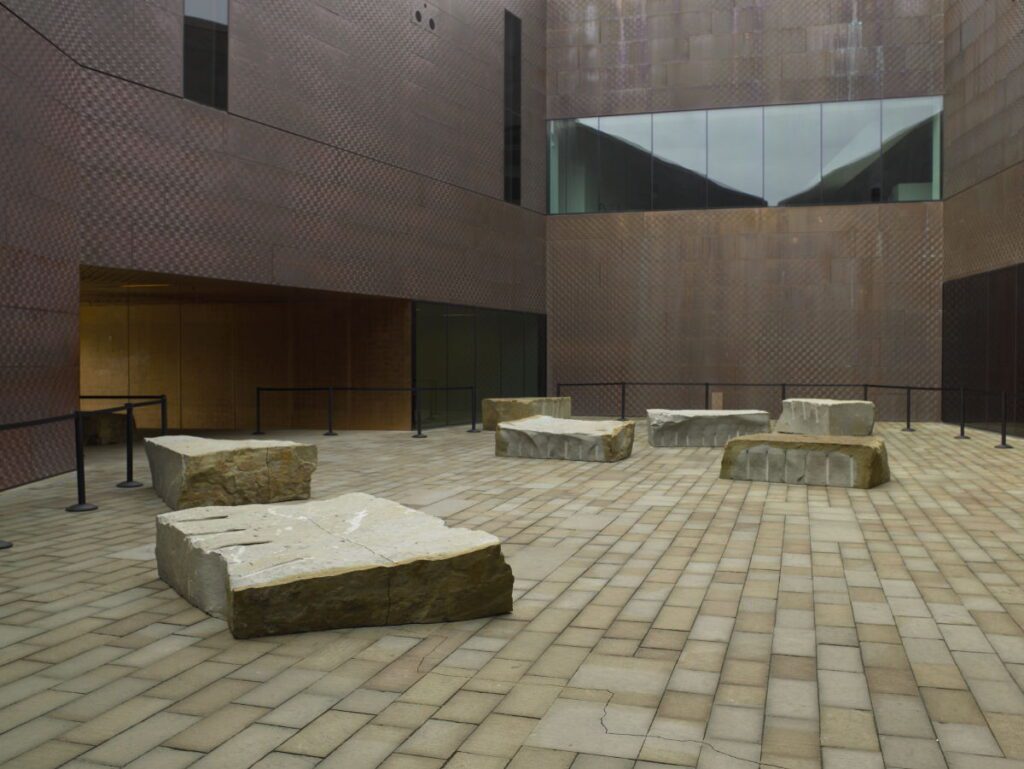
Between the documentary and upheavals in his personal life, Goldsworthy has been keeping busy. With upcoming commissions in the Netherlands, Tasmania, and Patagonia, that schedule is bound to look even more hectic. He’s 62, and still working on his labor-intensive pieces himself. “I’ve been working for forty years now,” he told The Guardian, “so I’ve got a lot of experience, and I’m still fit enough to physically work on them myself. It’s a very special time for all these things to happen.”
Follow our World of Inspiration and release the creator in you!





